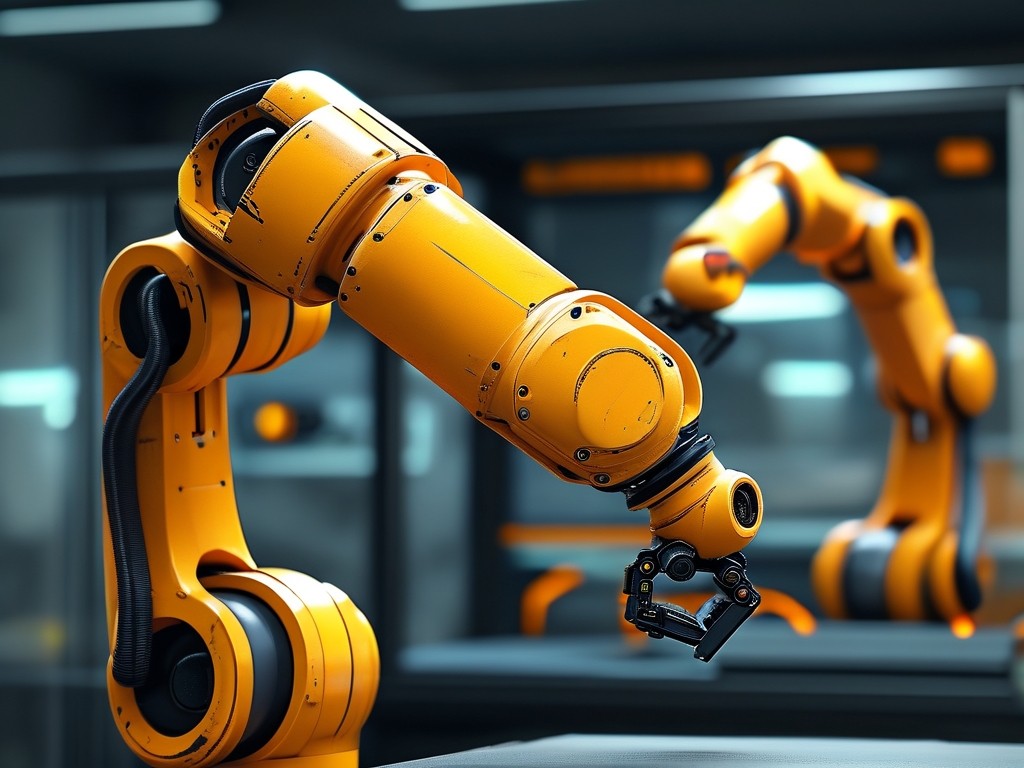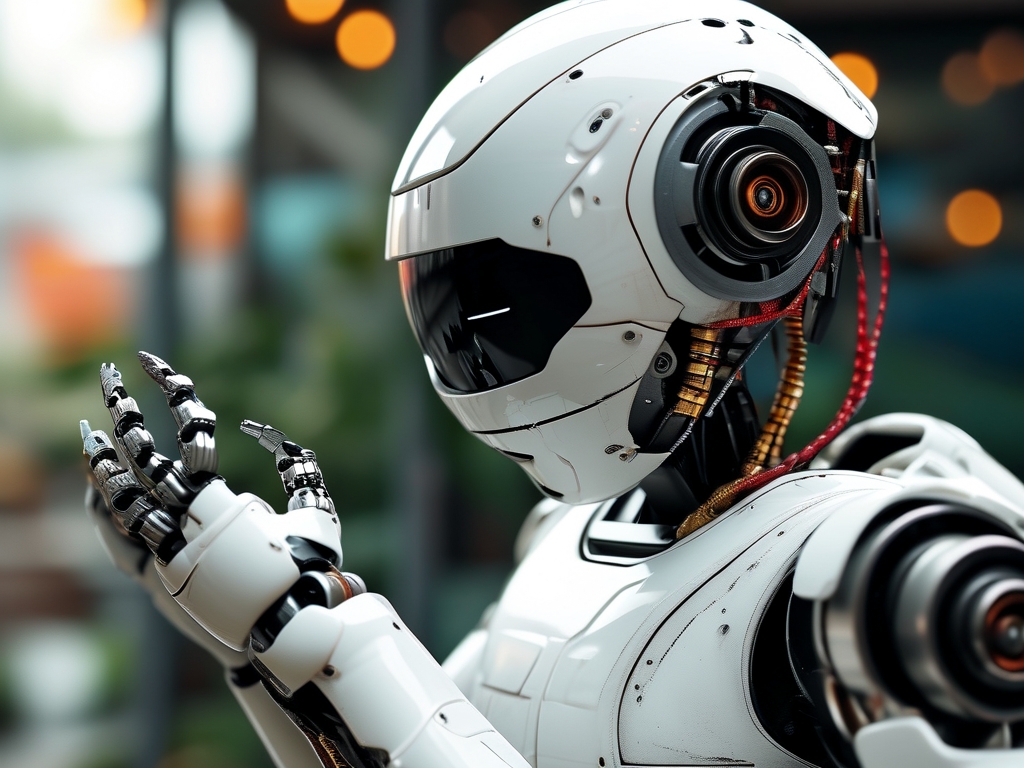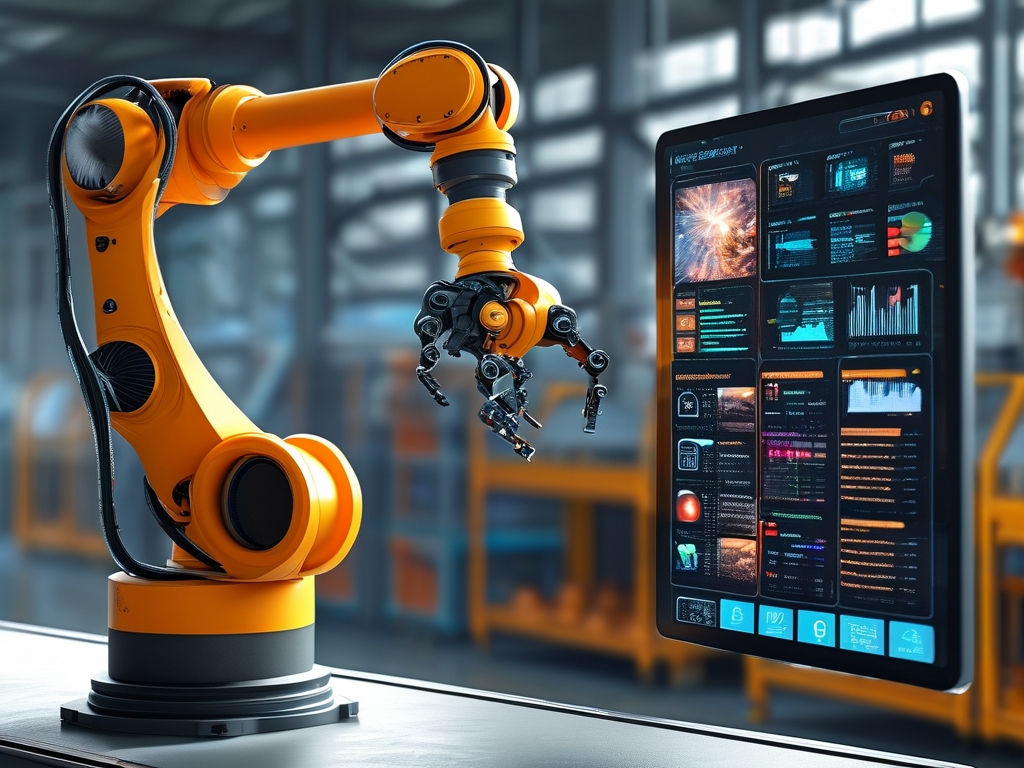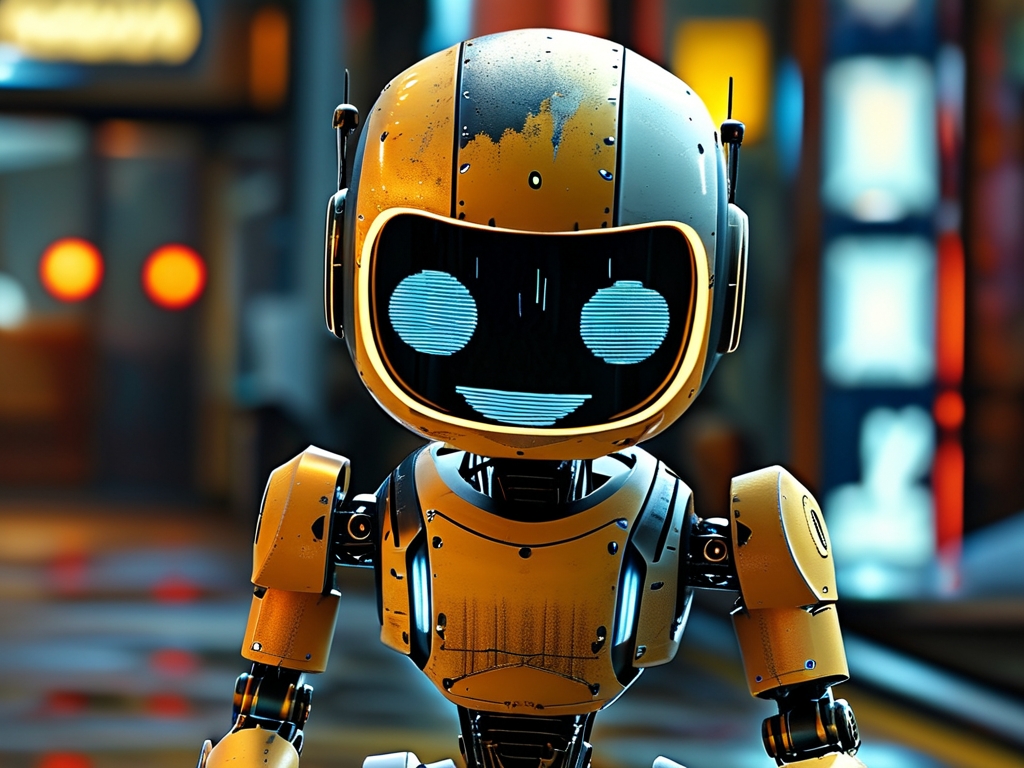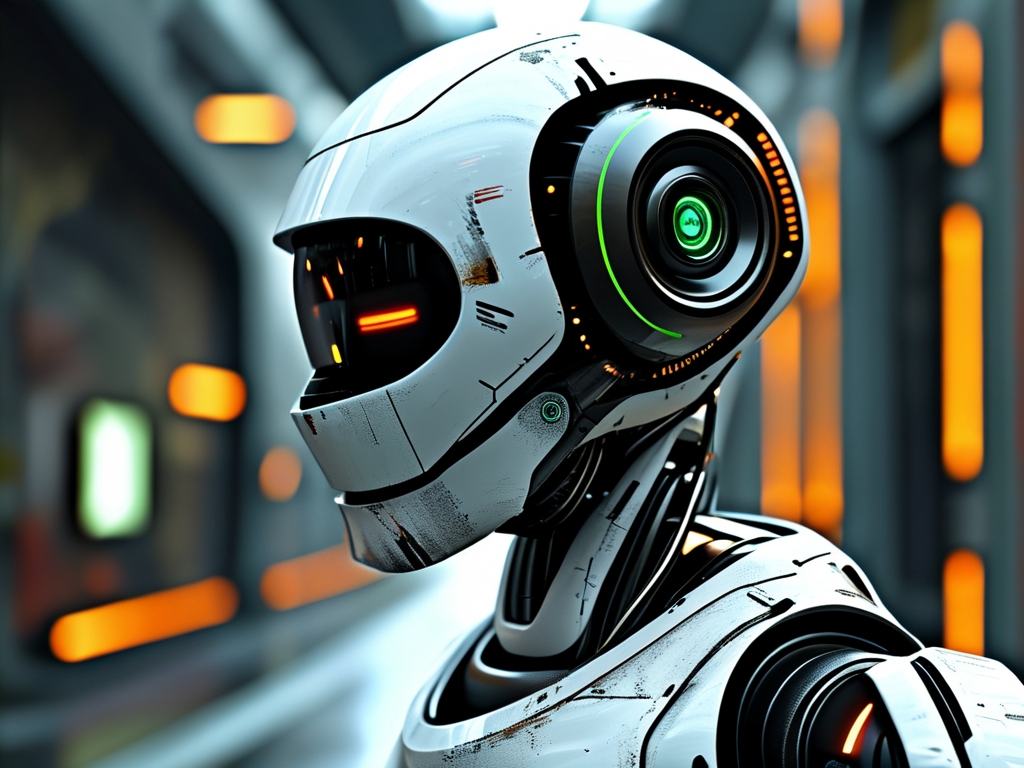In an era where robots increasingly coexist with humans, robotic facial expression management technology has emerged as a critical frontier in artificial intelligence and human-robot interaction (HRI). This technology enables machines to simulate, interpret, and adapt emotional expressions in real time, bridging the gap between mechanical functionality and human-like relatability. From healthcare to customer service, its applications are reshaping how humans perceive and interact with machines.
The Science Behind Robotic Expressions
At its core, robotic facial expression management relies on three pillars: facial recognition algorithms, emotion synthesis systems, and actuator-driven hardware. Advanced computer vision models analyze human facial cues—such as micro-expressions, eye movements, and muscle contractions—to infer emotional states. These insights feed into AI-driven emotion synthesis engines, which map appropriate robotic responses. For instance, a robot detecting sadness in a user might soften its "eye" LEDs and tilt its head sympathetically.
Hardware innovations play an equally vital role. Modern robots employ flexible materials like silicone elastomers and shape-memory alloys to mimic human skin elasticity. Companies like SoftBank Robotics use 27 degrees of freedom in their Pepper robot’s face, enabling nuanced expressions like raised eyebrows or subtle smiles. Meanwhile, Disney Research’s "FaceClone" project demonstrates hyper-realistic facial movements using 3D-printed synthetic muscles.
Applications Across Industries
- Healthcare: Robots like PARO, the therapeutic seal, use calming expressions to reduce anxiety in dementia patients. In pediatric care, expressive robots assist children with autism in recognizing and responding to emotions.
- Education: Language-learning robots like Moxie employ encouraging smiles to motivate students, while AI tutors adjust their "facial tone" based on learner frustration levels.
- Customer Service: Honda’s ASIMO and Samsung’s NEON project showcase robots that greet customers with context-aware expressions, enhancing user satisfaction in retail and hospitality.
Ethical and Technical Challenges
Despite progress, the technology faces scrutiny. Ethically, overly expressive robots risk manipulating human emotions—a concern highlighted in studies on elderly individuals forming emotional attachments to care robots. The "Uncanny Valley" effect also persists; imperfect expressions may trigger discomfort. Technically, real-time processing demands immense computational power. MIT’s 2023 study revealed a 0.5-second lag in emotion response reduces perceived sincerity by 40%.
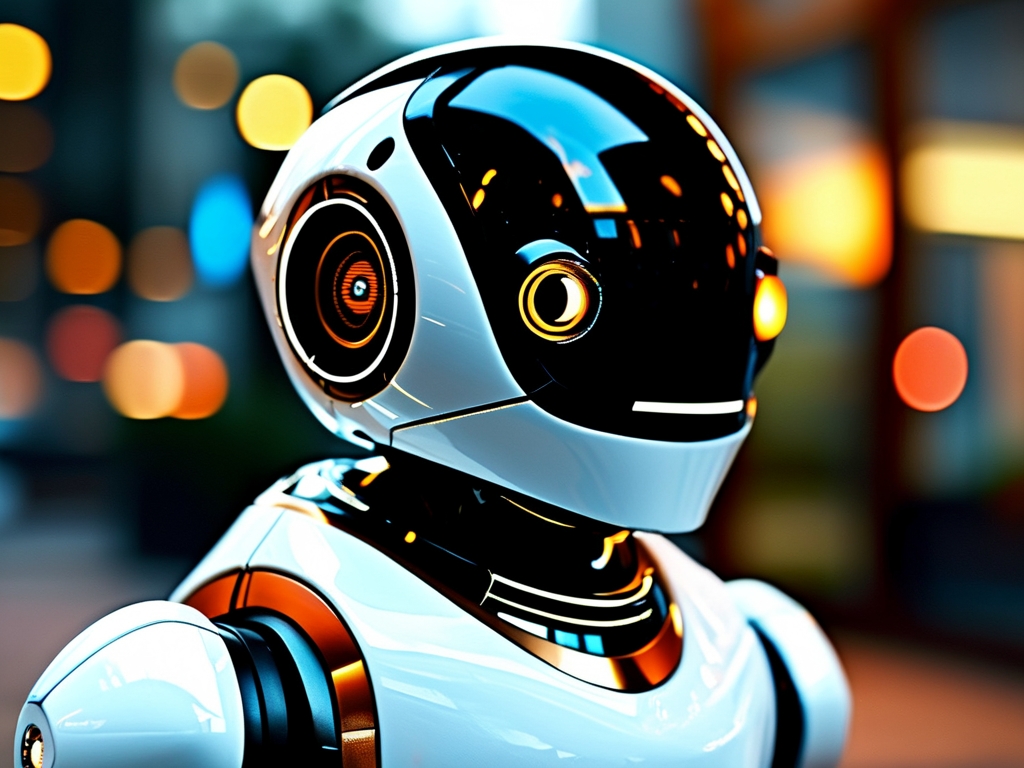
Privacy issues further complicate adoption. Facial expression systems requiring continuous camera access raise data security concerns. Regulatory frameworks, such as the EU’s proposed Artificial Intelligence Act, now classify emotion recognition tools as "high-risk," mandating transparency in data usage.
The Future: Toward Empathic Machines
Next-generation advancements focus on context-aware adaptability and cross-modal integration. Researchers at Carnegie Mellon University are developing systems that combine vocal tone, body language, and facial cues for holistic emotion analysis. Meanwhile, neuromorphic computing—inspired by human neural networks—promises energy-efficient real-time processing.
A groundbreaking project by Boston Dynamics and Affectiva aims to create robots that "remember" past interactions. Imagine a delivery robot recognizing a repeat customer and greeting them with a personalized smile. Such capabilities could revolutionize industries like eldercare, where consistent emotional engagement is vital.
Robotic facial expression management technology is not merely about mimicking humans—it’s about fostering trust and collaboration in human-machine partnerships. As the line between biological and artificial empathy blurs, society must navigate this transformation thoughtfully, balancing innovation with ethical responsibility. The robots of tomorrow may not just understand our smiles; they might reflect our shared humanity back to us.
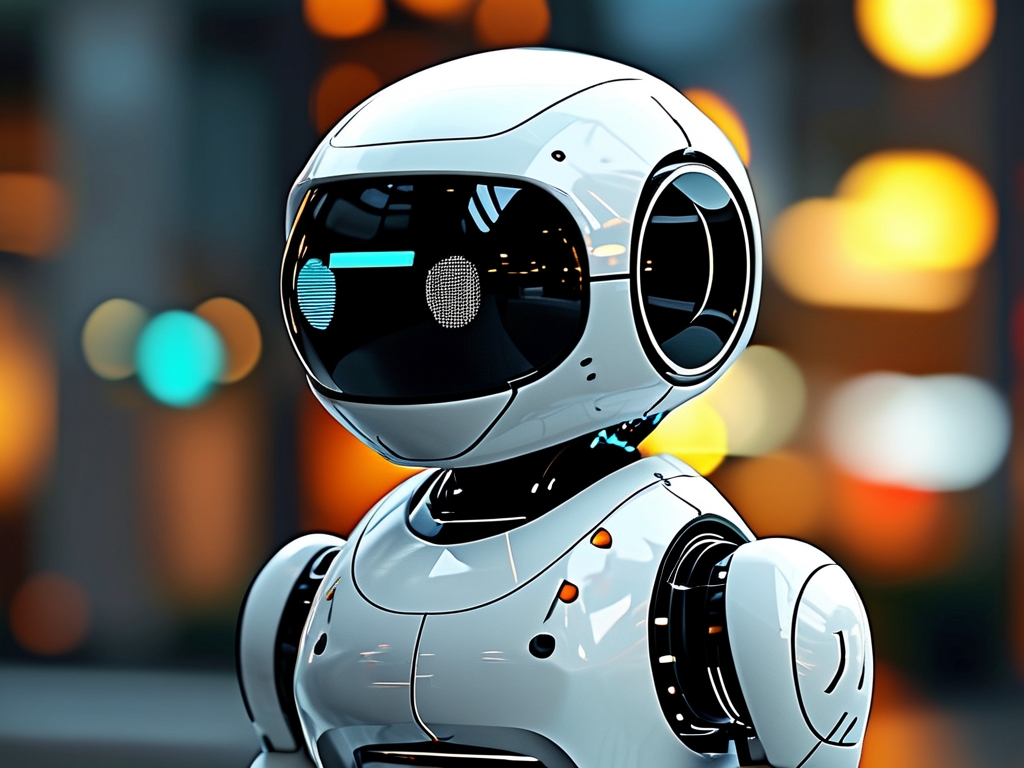
Word Count: 1,023


